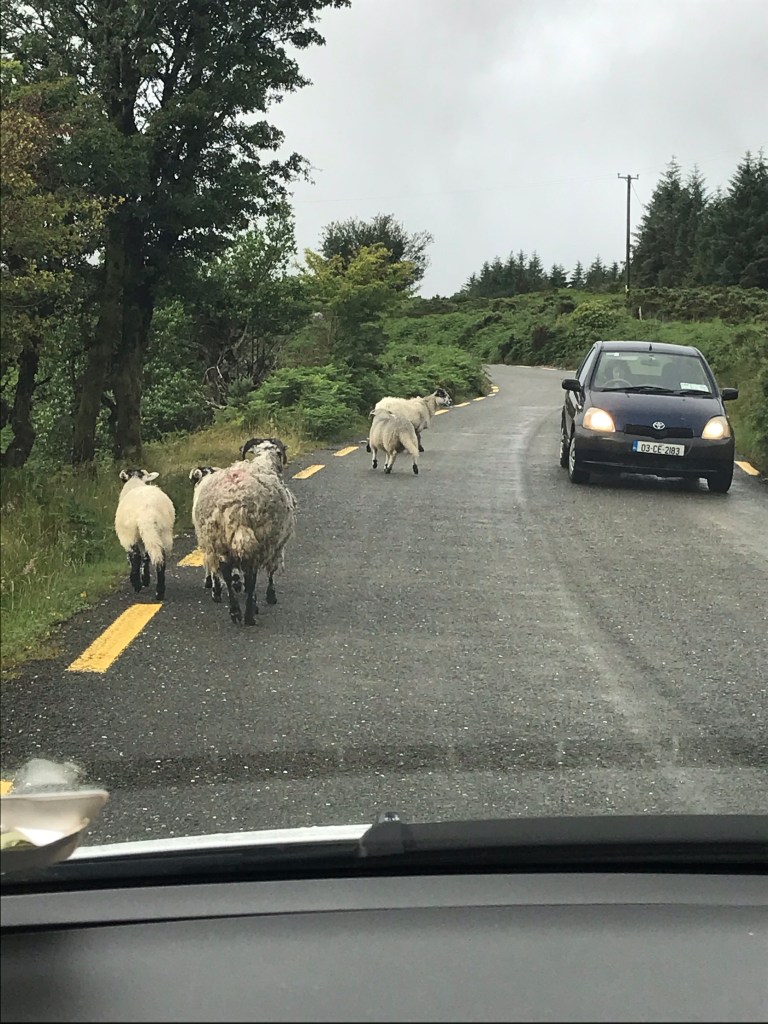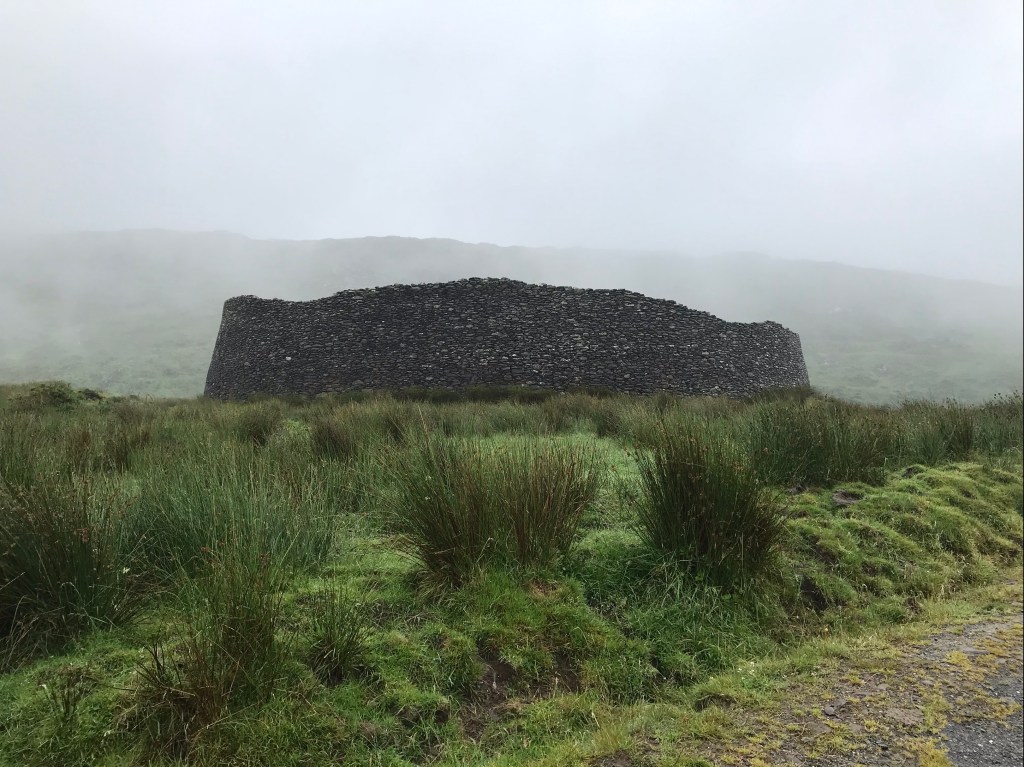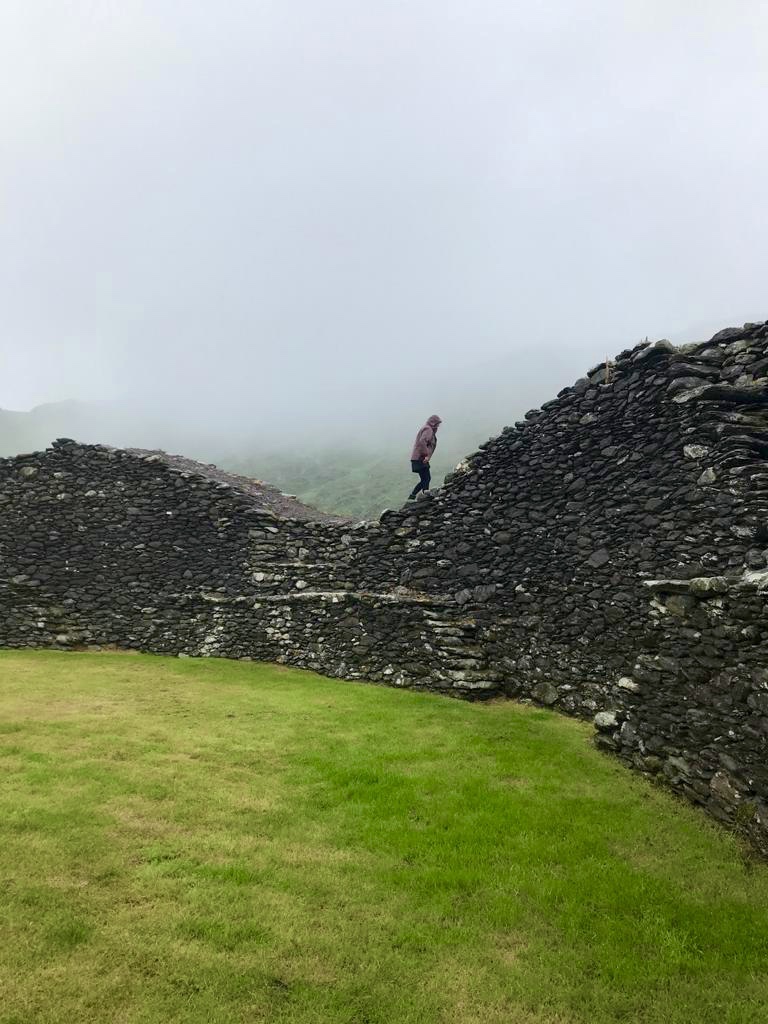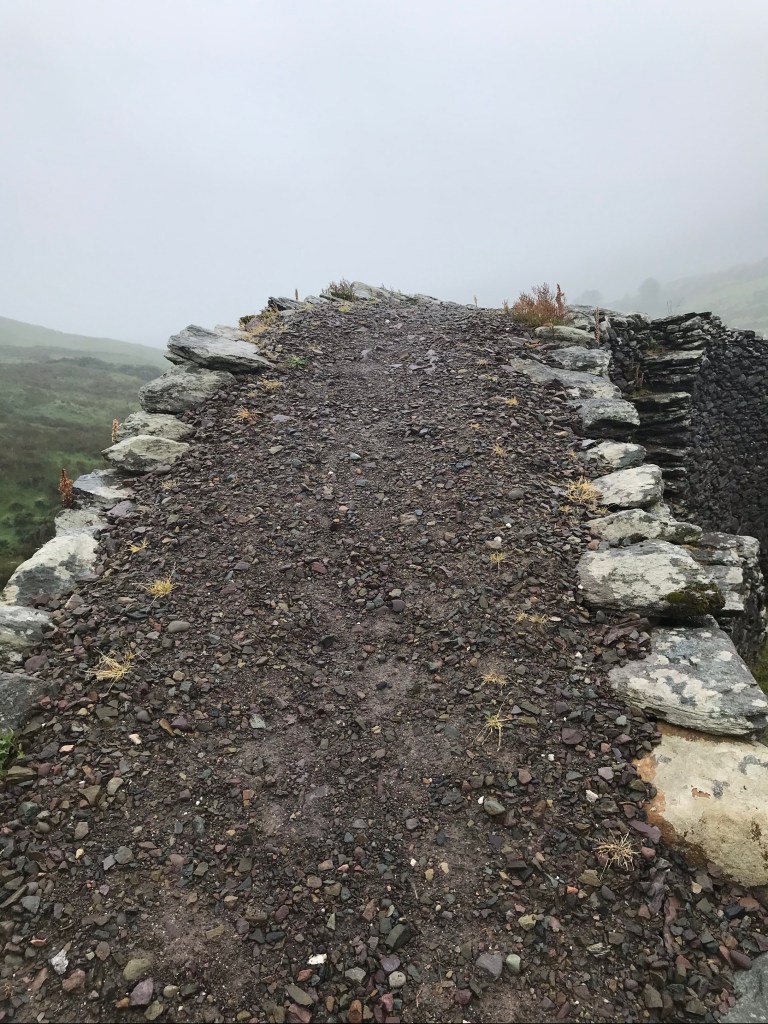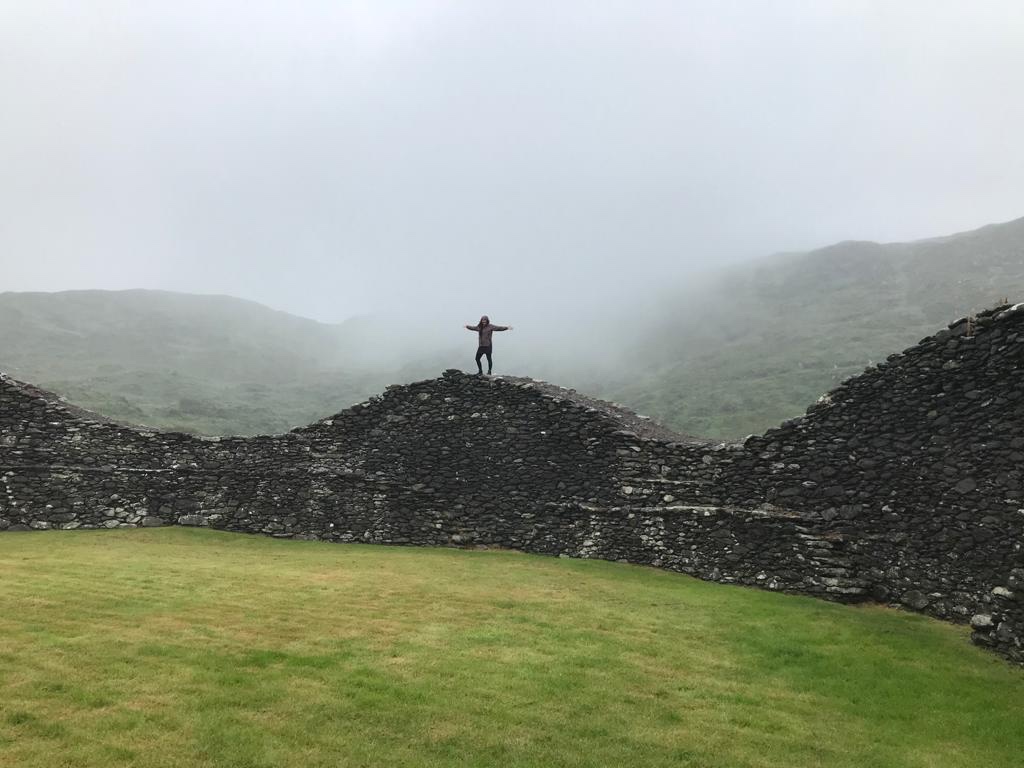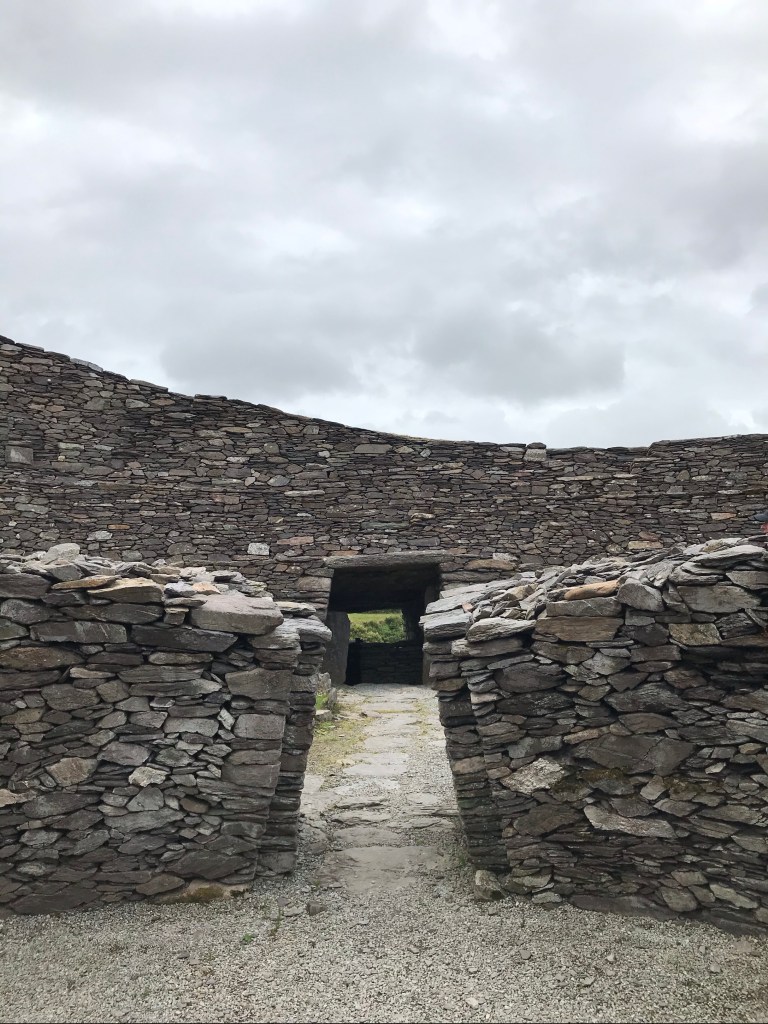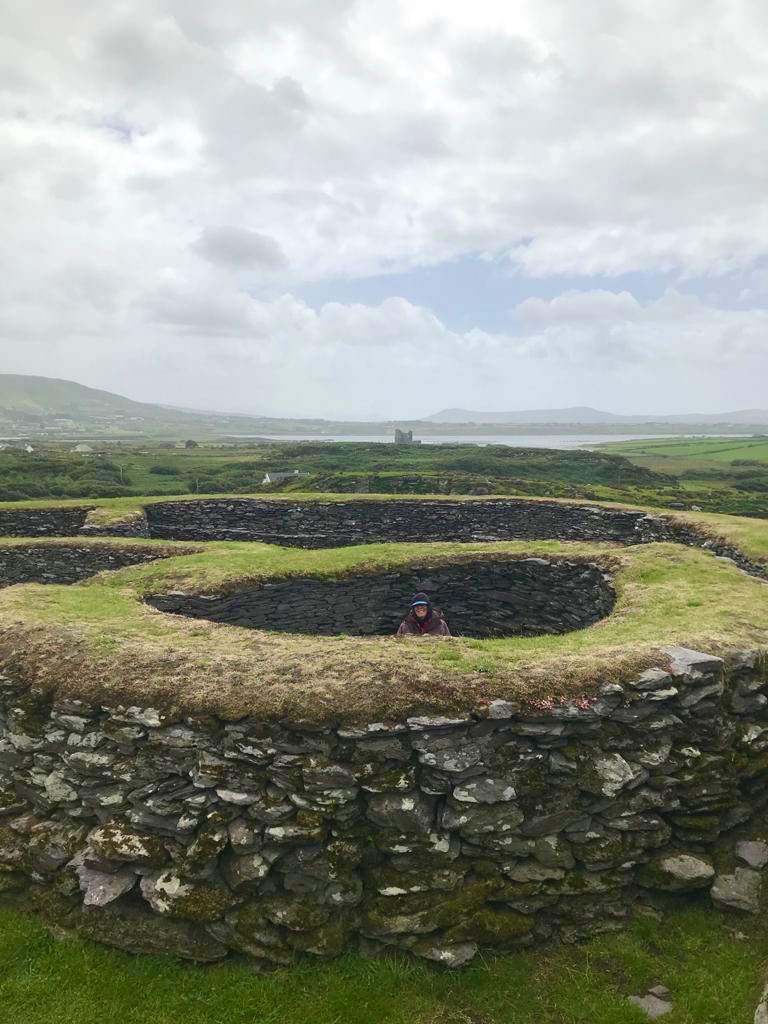Feeling a bit claustrophobic these days. We’re two weeks and three days into lockdown #2 here in Ireland, and my big outings of the past weeks have involved the fish market across the street and nearby grocers.
In fact, I wrote this blog post on the stone forts in County Kerry for you long ago–just after lockdown #1 lifted and the Irish government encouraged us to travel the country (to spend tourist “dollars”).
Since then, I’ve been so busy with work that I never got around to posting. Maybe it will brighten your autumn day….
I’d like to introduce you to Staigue, Cathergall and Leacanbuile–three impressive and ancient stone forts. The first of these is on the southern side of Kerry’s famous ring, whereas Cathergall and Leacanbuile are in the northwest corner of the Iveragh peninsula (aka Kerry’s largest peninsula synonymous with “Ring of Kerry”).
Here’s someone else’s list of all the stone forts of Kerry: http://www.theringofkerry.com/visitors/36-sights/ring-forts
Cathergall and Leacanbuile lay just northeast of Valencia Island. If you are visiting by car, you can reach them by driving to Cahersiveen, taking the bridge northward, and following the brown heritage signs. They are clearly marked and open to tourists. Park your car in a lot at the mouth where two paths join. The path to the right lead to the Cathergall stone fort, while the one straight ahead takes you to Leacanbuile.
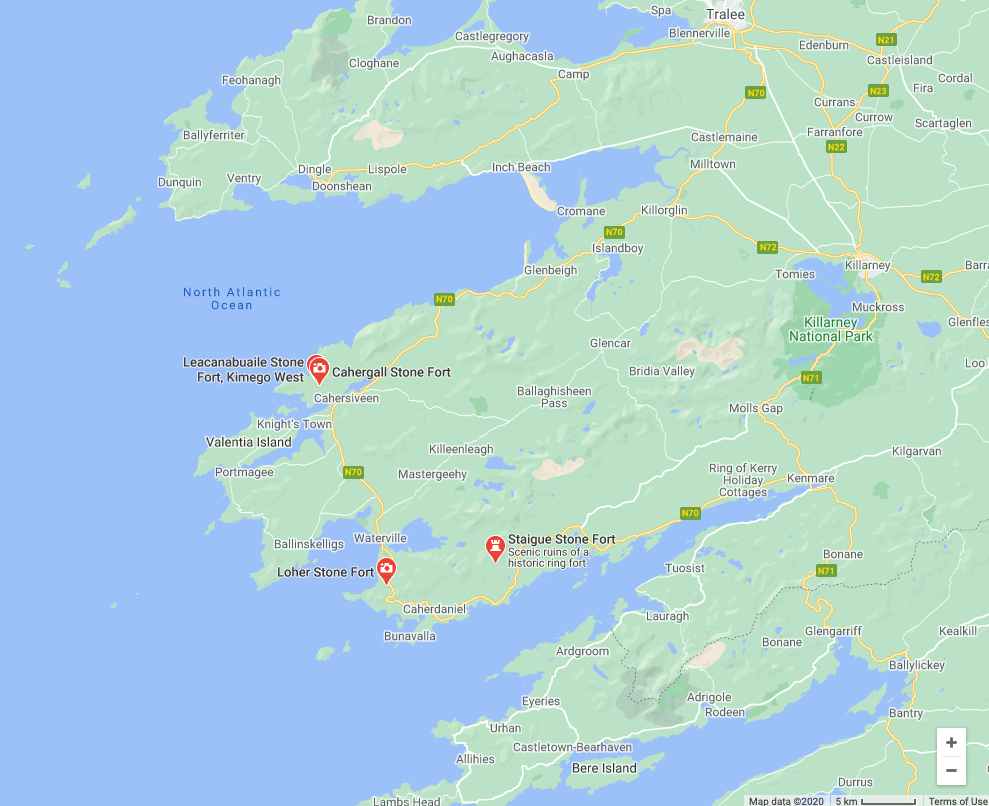
Meagher and Neave (2004) say Cathergall and Leacanbuile date from the 9th or 10th century and were owned by wealthy farmers. On the other hand, Rick Steves says they were all “built sometime between 500 BC and AD 300 without the aid of mortar or cement”. The placard posted at Cathergall resolves this by stating they are “notoriously difficult to date”. (I included a photo of that sign, below.)
To reach Staigue fort, drive to Castlecove and turn northward. Again, the signage is clear.
You may notice other circular mounds covered in green along your journey. Kerry is covered in forts, but many are buried and not accessible—the land where they are is now privately owned.
You’ll find all three of these on Rick Steve’s Kerry tour, although they appear to be missing (or perhaps hidden) in the Michelin Guide. You can find details about them from a book like “Ancient Ireland: An Explorer’s Guide” written by Robert Meagher and Elizabeth Neave, and published by Interlink Books in 2004.
All three forts, according to Rick Steves, are about 2.5 miles off the main drag. It is so very well worth the effort to find them, in my opinion!
Staigue stone fort
Approaching the fort by car on the rainy day of our visit, we inched past wandering sheep. The stone fort eased into view through thick fog, periodically crystallizing into drizzle….
Then WHAM: the Staigue fort revealed itself in all its wintry glory. (Okay, yeah, it was June, but I assure you that it FELT like winter.)
Staigue is a fortress, perched on an elevated plain but surrounded on three sides by hilly slopes, and sheep! It measures 90′ in diameter and the height of the walls varies, reaching 18′ at the highest point (Meagher & Neave, 2004).
The entry is small and hidden. From the approaching path, it’s off to the right, tucked away behind and below the clumps of grass. At its base, the wall of the fort is 13′ thick. You viscerally feel the weight of the stone and the thickness of this wall when crossing the threshold.
Here, just inside the entry door, Aongus stands:

This is the view you find as you enter through the small passway of a “door”, protected today with a gate. Despite there being a gate to keep sheep out, people are quite welcome. This site is free to visit.

The thick stone walls vary in height, and undulate like the surrounding hills.


You can scale the interior walls. It takes some care, especially on a rainy day!
Here, you feel you’re on top of the world….

…yet somehow safe.

Cathergall stone fort
The next day, we discovered the Cathergall fort is even taller, higher, larger, and more dramatic than the Staigue.
I’d actually visited all three back in 2003, and Cathergall is the one that stuck in my mind the most, with its intricate stepped terrace stairs, water views, expansive landscape, and towering presence.

From Cathergall, you can see the Leacanbuile stone fort as well as ruins of a castle called Balleycarberry (built much more recently than the forts, but in worse condition).
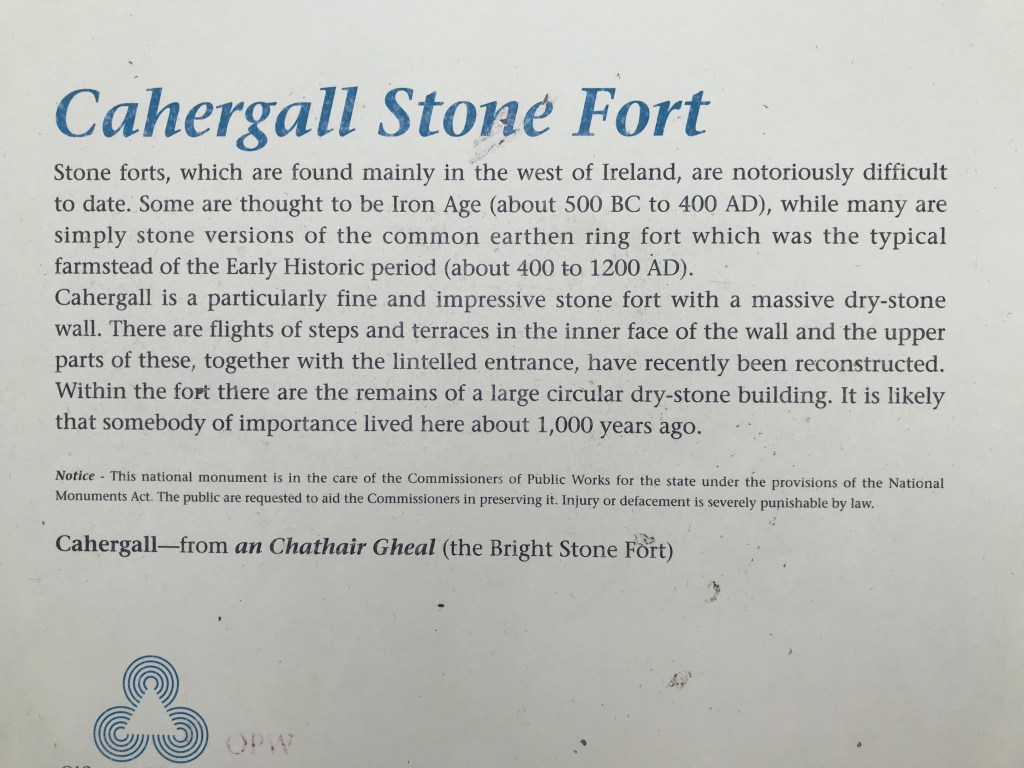
You’ll catch glimpses of Cathergall from the road and also the walking path:

As shown in the panorama below, you see the entryway to the right. You feel the weight of the wall below you and the expansiveness landscape to the east:

Here’s a view looking to the northwest:

The stair system on this fort is even more extensive than on the other forts. It reminds me of the stepwells of India.

As with the previous fort, it appears there’s an inner core of fill. This one, however, is covered in grass.
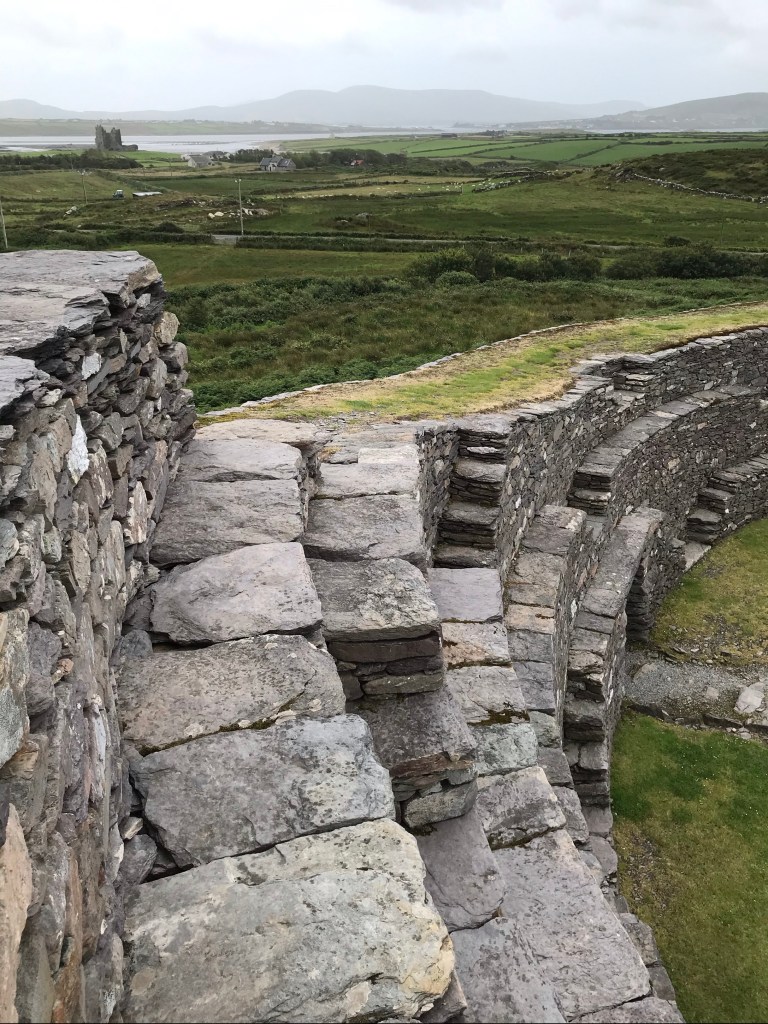
Tiny little plants cling to its sides for life.
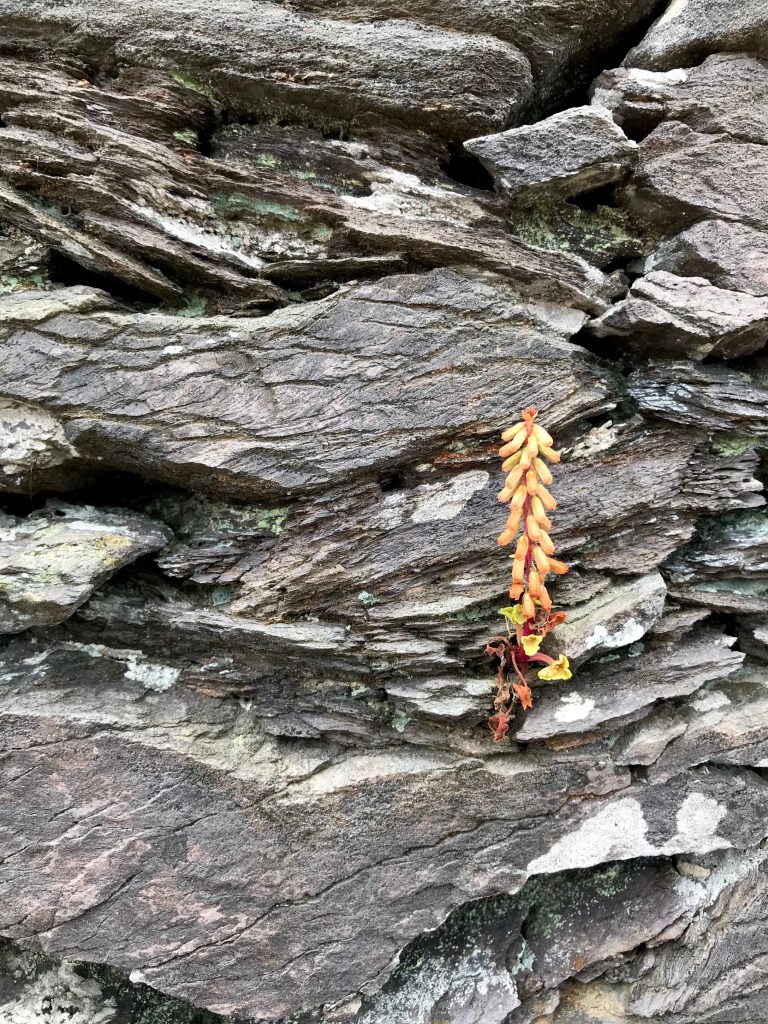
Leacanbuile stone fort
From the path up to Cathergall, you can view Leacanbuile across the fields.
We enjoyed watching a farmer and his dog practice herding sheep in the field between the two forts.

This third fort is the smallest and most intimate of the three publicly-open stone forts on the Ring of Kerry. This one feels the most like a residence, whereas Stiague and Cathergall feel more defensive. In fact, the sign says, there were four houses inside the wall. This handy plaque provides detail:

Below, you see the rooms, as well as the wall covered with grass and tiny little plants. And you can notice my little head popping out the top of “House A”.
This fort feels more like the beehive housing complex, also bounded by a stone ring, that we saw later in our trip, on Slea Head just west of Dingle. Featured in a separate blog on Slea Head.
The floor inside the ring undulates in a way the others don’t, and I’m not sure what the original ground level would have been–perhaps below what it is now?

None of these four Houses have roof coverings today. There are, however, some covered passageways inside the walls and they are shown in the darkest blue hatching on the plaque.
In the photo below, the entry is straight ahead (the white dot is the plaque beside it). In this fort, the entry is not covered, but there is still a gate to keep animals from entering.

As noted above, we visited all the sites the weekend after the Irish government opened the country up for travel from within. As such, there were few visitors and all were residents of the island.
These sites are not guarded.
We were appalled to find one set of families visiting both Cathergall and Leacanbuile that day, letting a half dozen children play tag and run recklessly along the walls of both forts. They left visible damage, with a number of stones loosened or entirely displaced (at the entry where they’d been jumping across from side to side in their game of tag) at Leacanbuile.
As frustrating as this was, it did, however, make for a visually dramatic scene: silhouettes of dancing, laughing and running children wholly engaged in their game, atop these majestic structures.
I hope you’ll show these ancient beauties plenty of respect and due reverence, when you visit for yourself.


